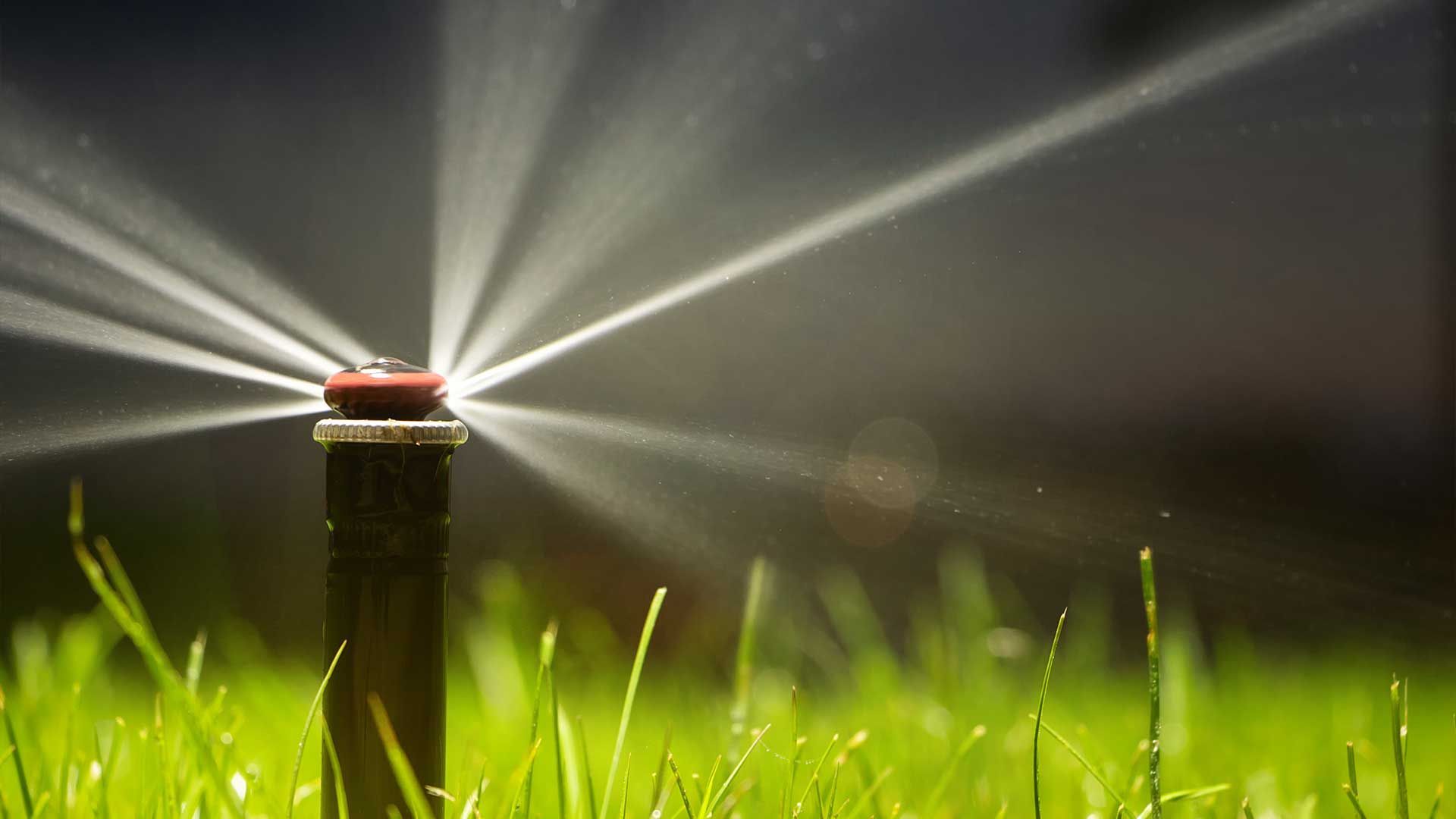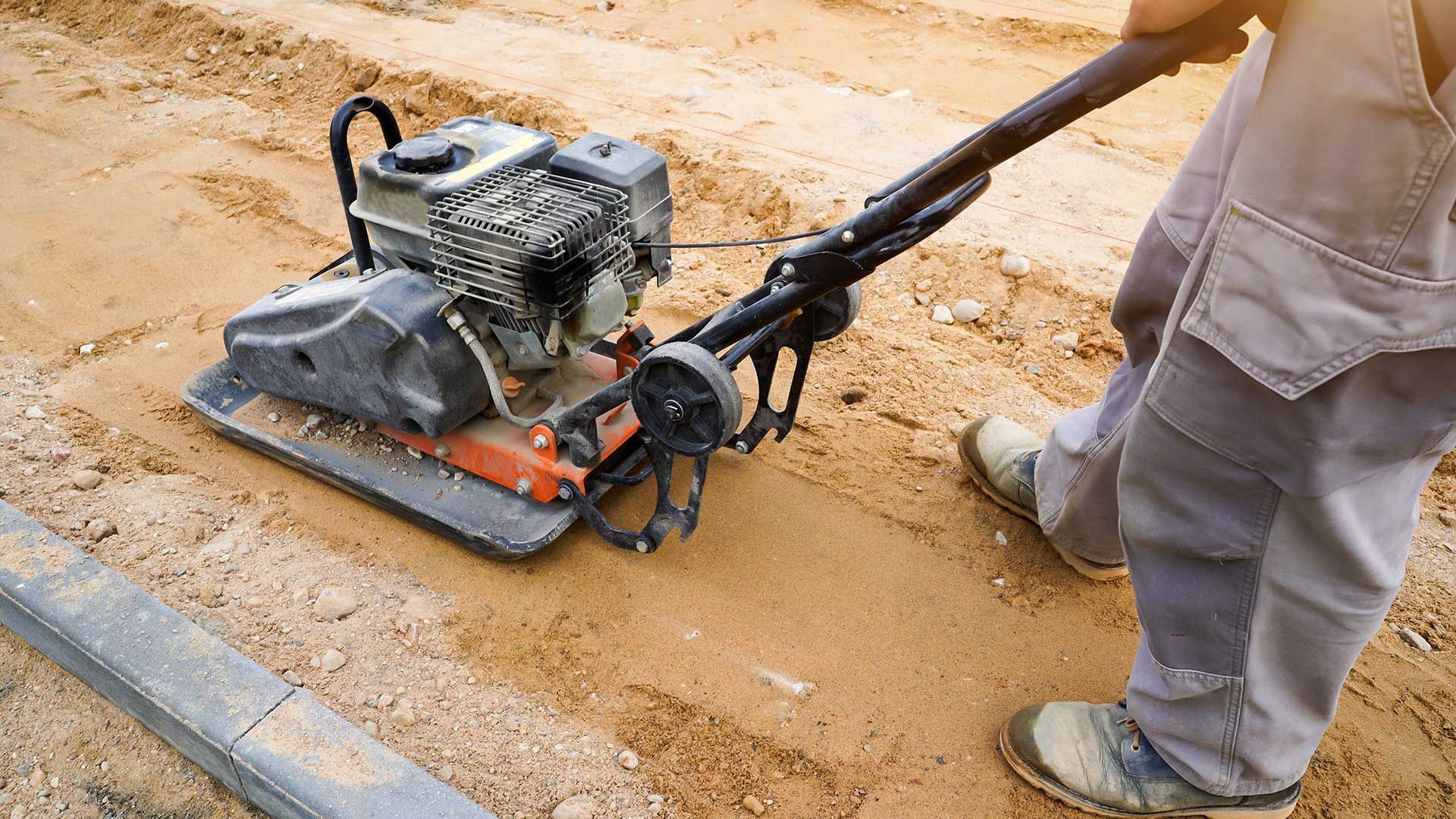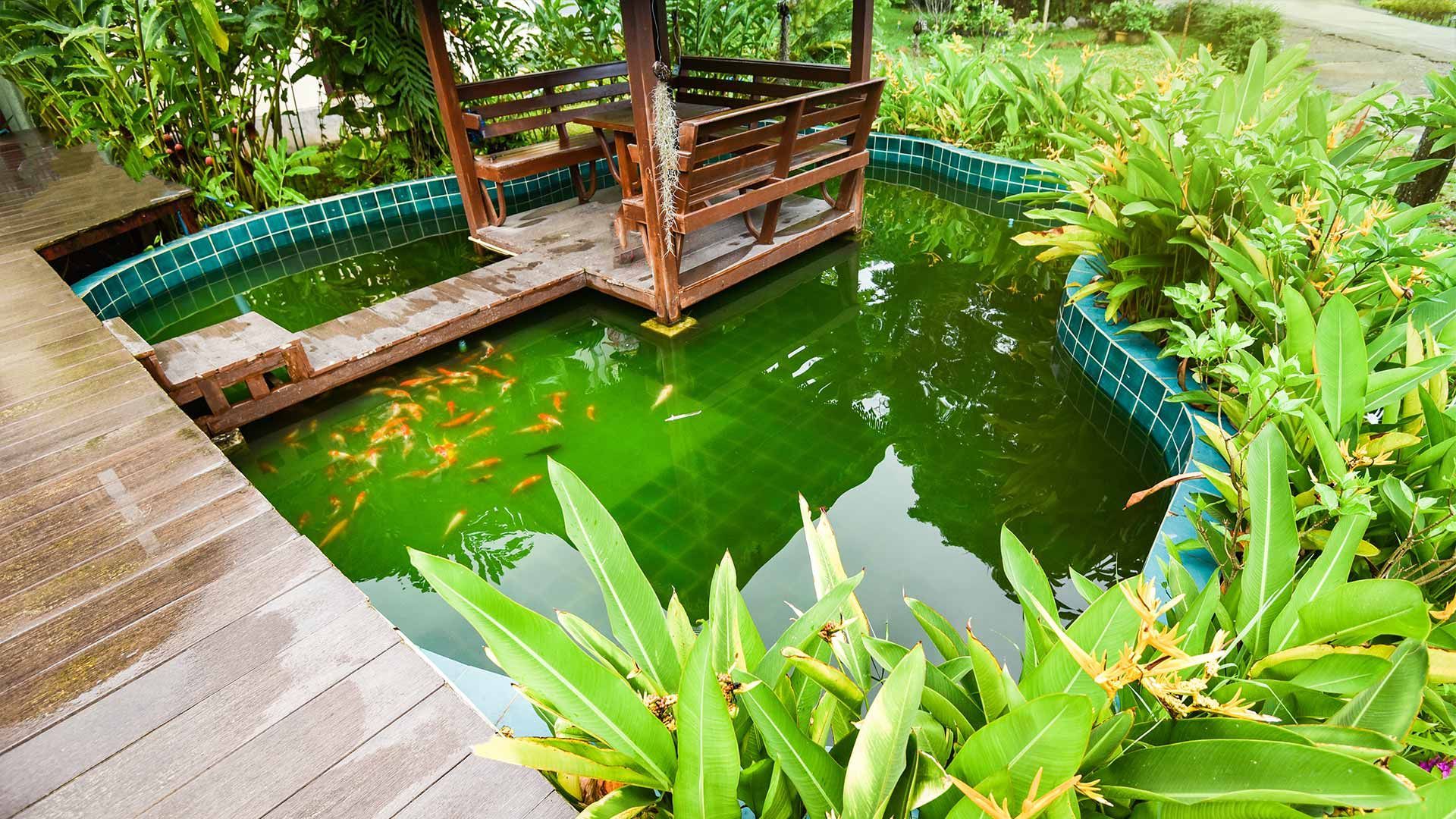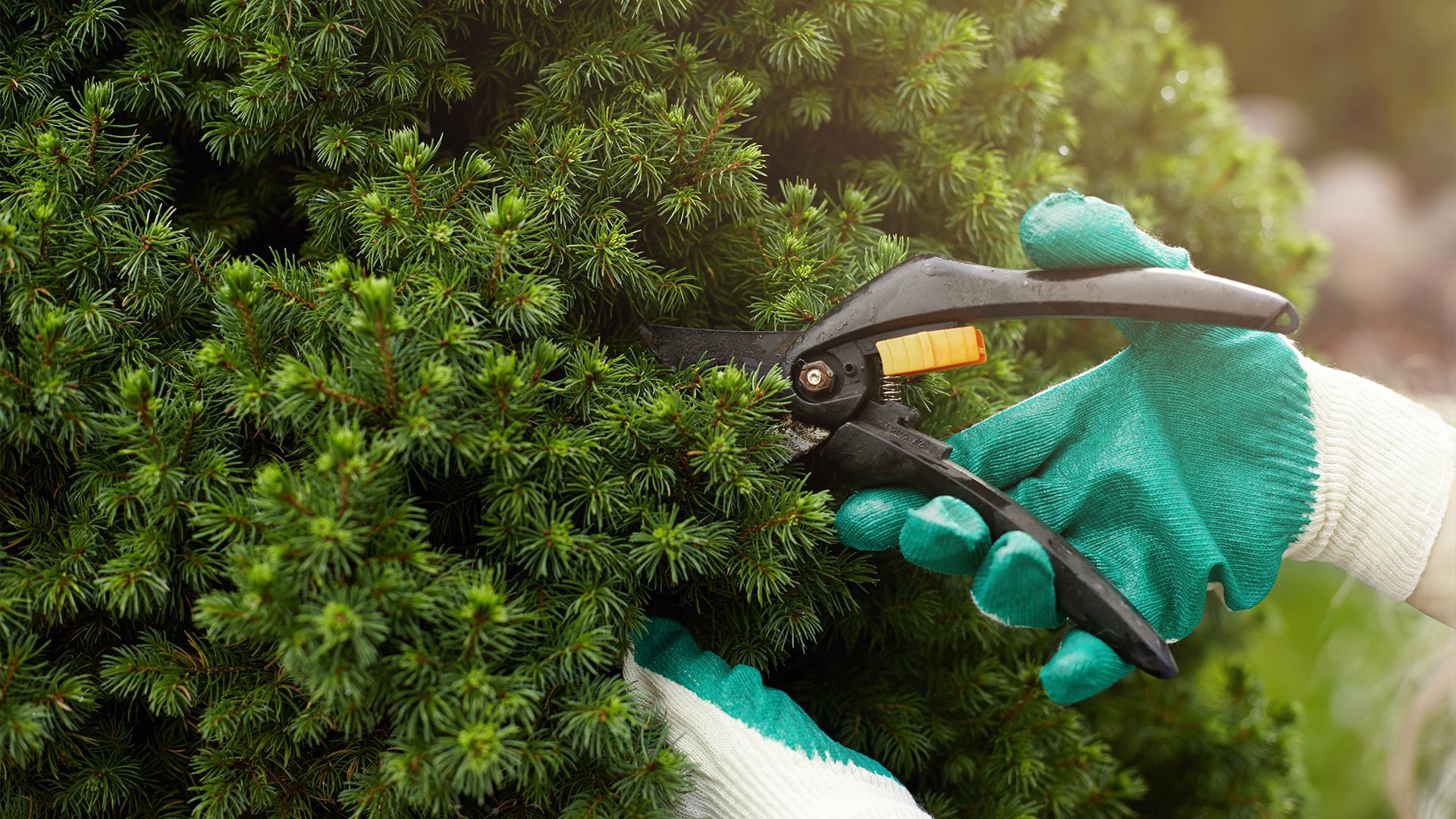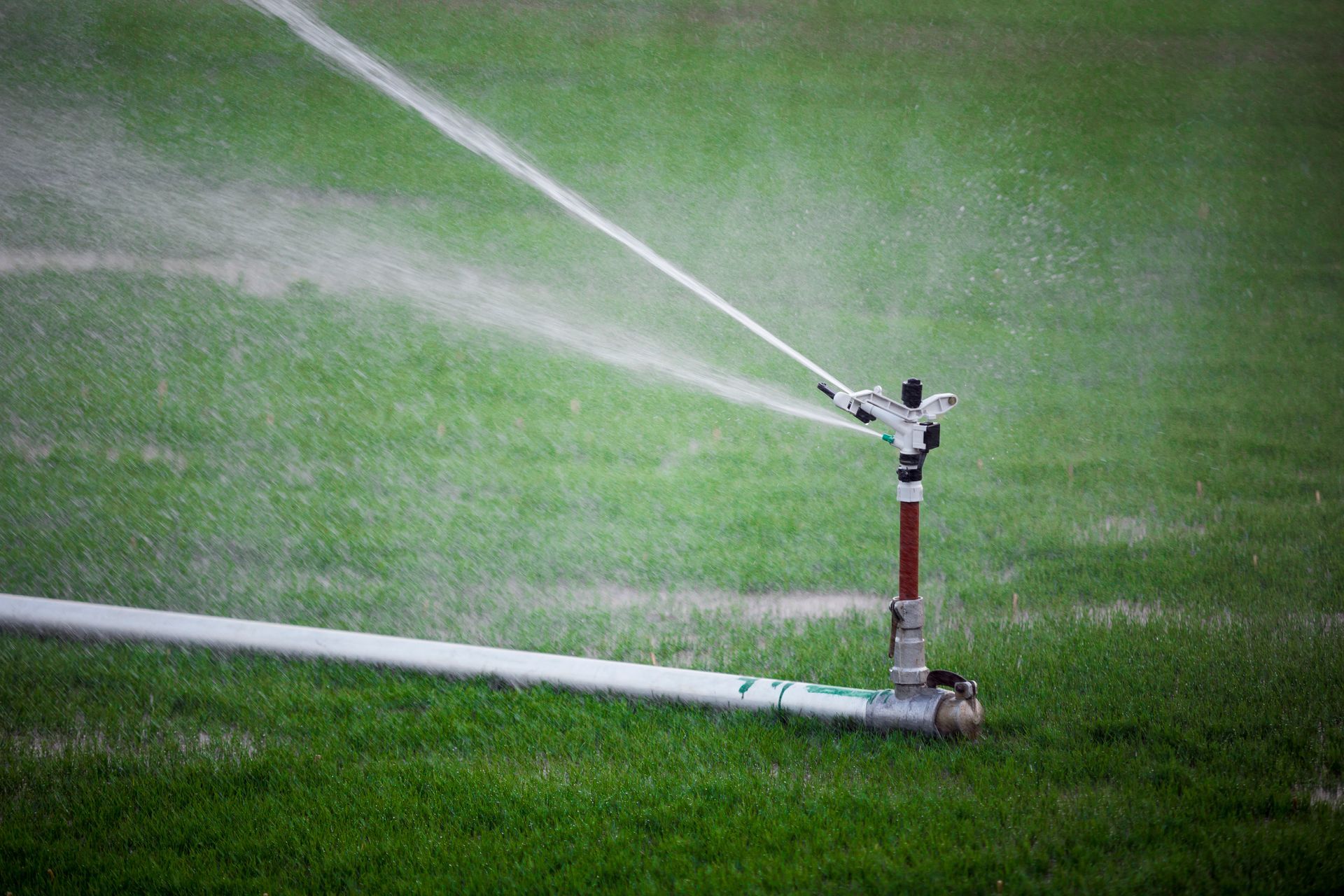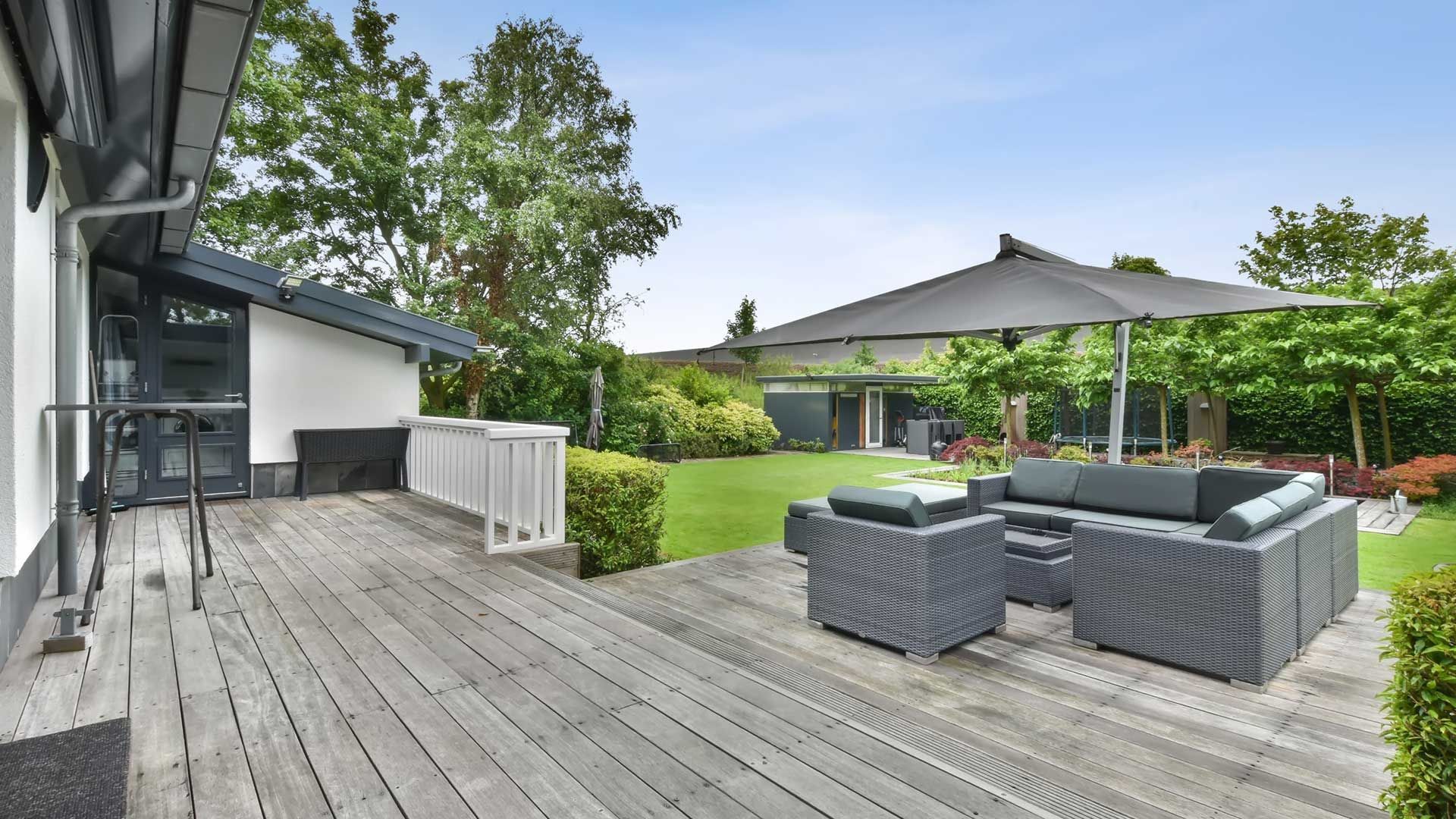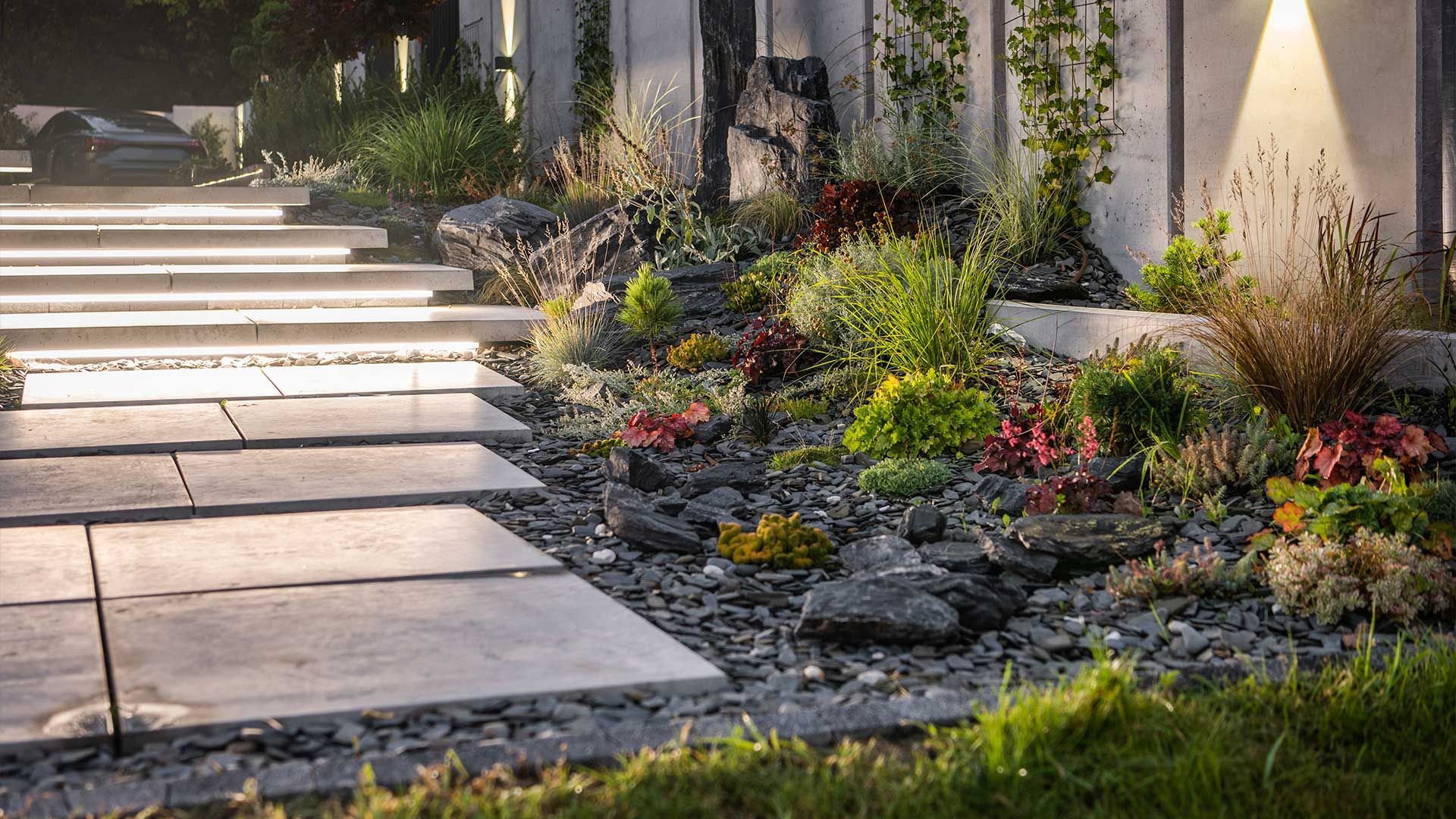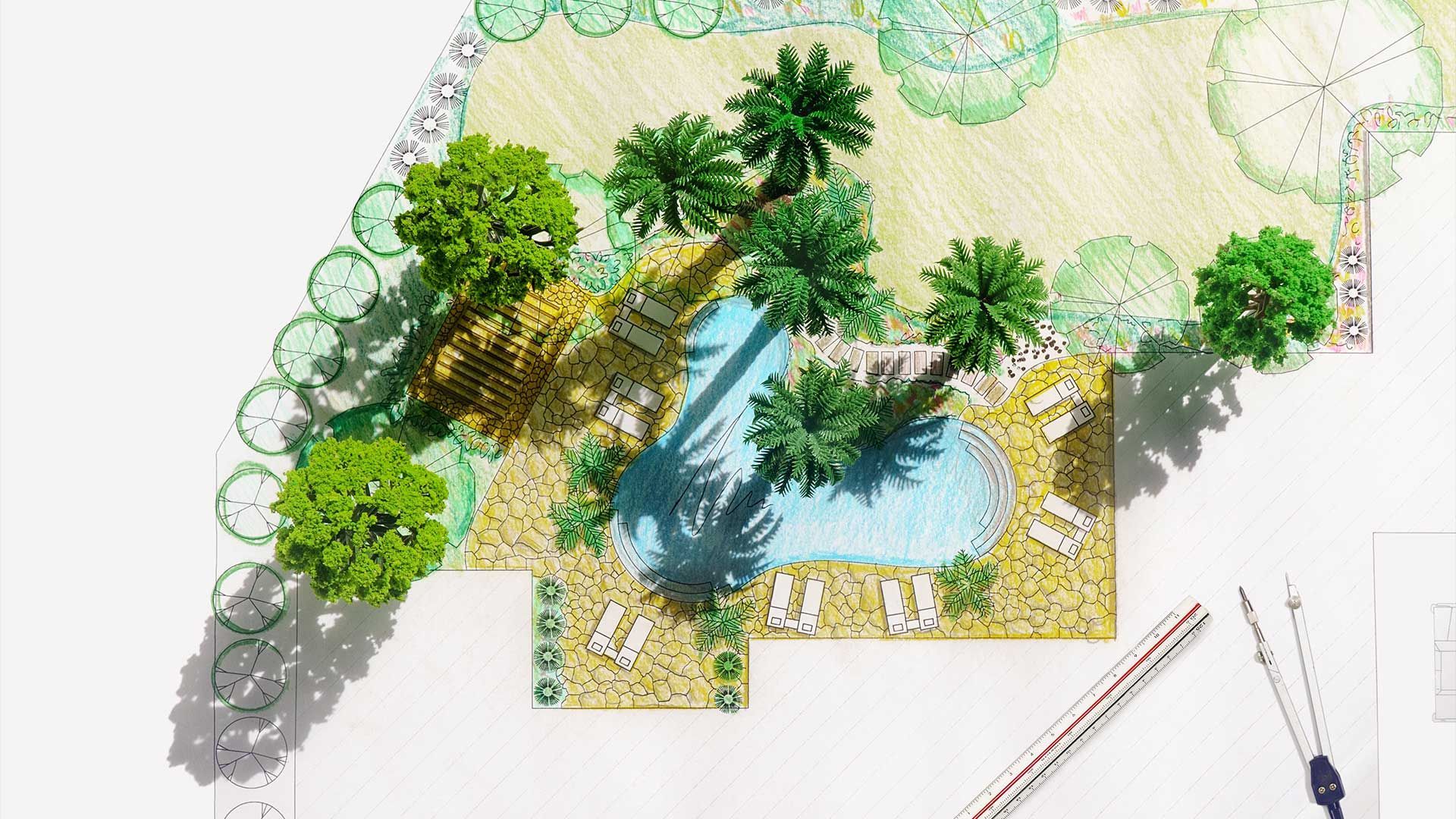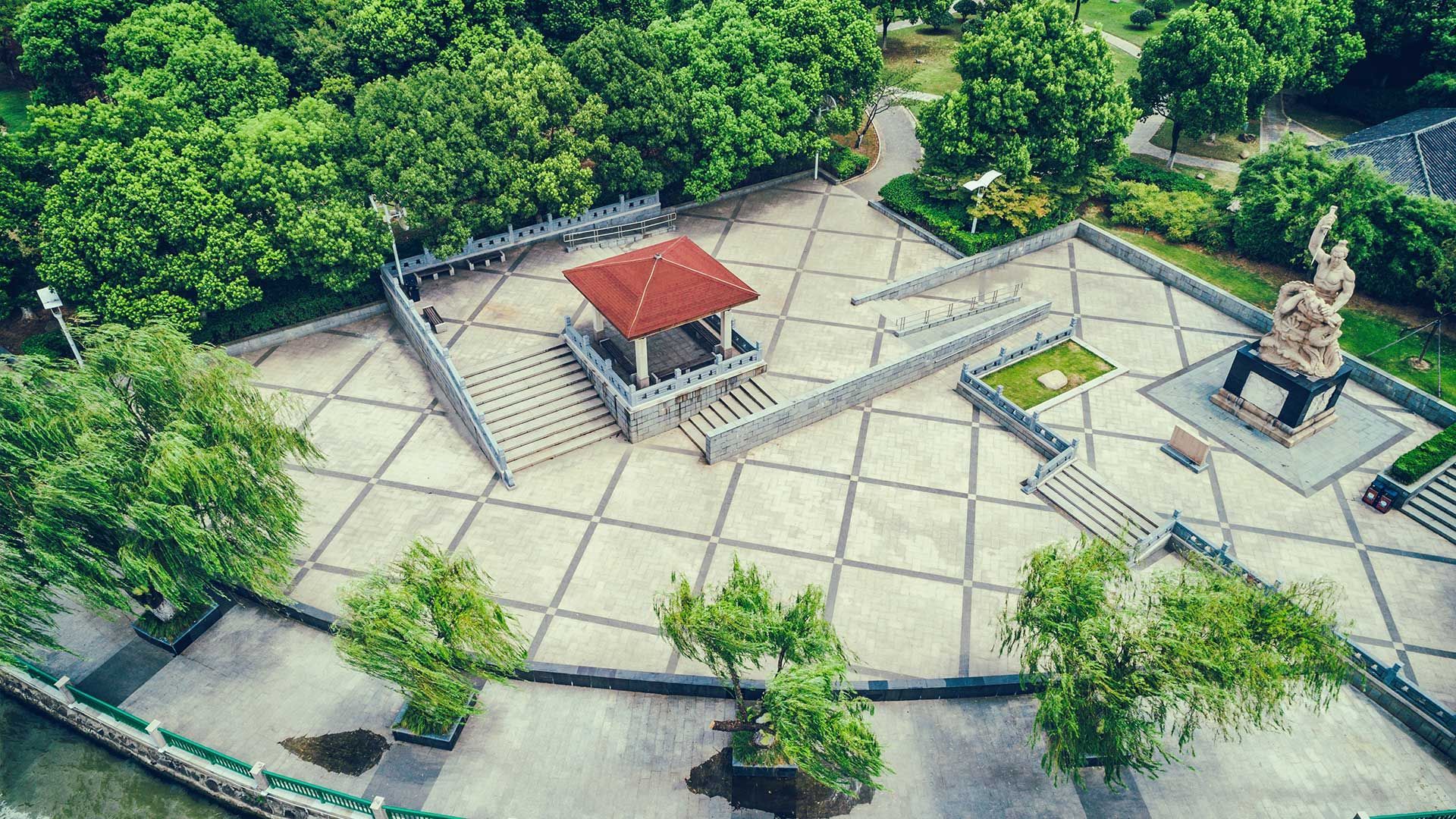Choosing the Perfect Pond Shape: A Guide to Enhancing Your Landscape
Factors to Consider When Choosing Pond Shape
Selecting the right pond shape is not a one-size-fits-all endeavor; it requires thoughtful consideration of several key factors. These considerations are essential in ensuring that your chosen pond shape harmonizes seamlessly with your landscape.
First and foremost, take into account your existing landscape design and layout. The pond's shape should complement and enhance the overall aesthetics of your garden. Consider whether your garden has a formal, informal, or naturalistic style, and choose a pond shape that aligns with this style.
Secondly, think about the functionality and purpose of your pond. Are you envisioning a reflecting pond to add aesthetic appeal? Or perhaps a koi pond for the joy of fishkeeping? It could even be a wildlife pond to support your local ecosystem. Each of these purposes may lend itself better to specific pond shapes.
Lastly, evaluate the available space and any size constraints. The size of your yard or garden will influence the pond's shape and dimensions. Think about how the pond fits within the available space and how it interacts with other elements in your landscape.
By considering these factors, you'll be better equipped to make an informed decision when selecting the perfect pond shape for your outdoor sanctuary.
Common Pond Shapes and Their Characteristics
Now that we've explored the essential factors to consider, let's delve into some of the
common pond shapes and their distinct characteristics. Understanding the features of each shape will help you make an informed choice that aligns with your vision for your landscape.
Circular or Oval Ponds: Circular and oval ponds exude a sense of balance and symmetry. They are ideal for formal gardens and landscapes where clean lines and classical aesthetics are desired. These shapes create a harmonious focal point, often featuring a central point of interest like a fountain or sculpture.
Rectangular or Square Ponds: Rectangular or square ponds bring a modern and minimalist touch to your landscape. They are characterized by clean lines and sharp corners, making them perfect for contemporary garden designs. These shapes are often associated with sleek and geometric landscapes.
Kidney-Shaped Ponds: Kidney-shaped ponds offer a naturalistic and organic look with soft, flowing curves. They are versatile and can blend seamlessly into various garden styles, including both formal and informal settings. These shapes provide a more relaxed and visually pleasing appearance.
Custom and Freeform Shapes: For those seeking unique and creative pond designs, custom and freeform shapes are the way to go. These shapes allow for endless possibilities, letting you express your creativity. Whether it's mimicking the contours of a natural pond or crafting a one-of-a-kind artistic statement, custom shapes offer unparalleled flexibility.
As you explore these common pond shapes and their characteristics, keep in mind how they align with your landscape's style and the intended purpose of your pond. Your choice of shape should reflect your personal taste and the ambiance you wish to create in your outdoor space.
Pond Shape and Plant Selection:
The shape of your pond not only influences its visual appeal but also plays a crucial role in determining the types of aquatic plants that will thrive in and around it. When selecting plants for your pond, it's essential to consider how the chosen shape will impact their growth and overall aesthetics.
Circular or Oval Ponds:
These symmetrical shapes often work well with water lilies and other floating plants placed at the center. The circular layout allows for a balanced distribution of plants, creating an aesthetically pleasing look. Marginal plants, like irises and cattails, can be planted along the curved edges, enhancing the natural flow.
Rectangular or Square Ponds: The straight lines and sharp corners of rectangular or square ponds provide an excellent backdrop for tall and vertical plants, such as water irises and rushes. You can create a structured look by arranging plants along the edges, emphasizing the clean lines of the shape.
Kidney-Shaped Ponds: Kidney-shaped ponds offer flexibility when it comes to plant placement. The soft curves allow for a mix of floating, submerged, and marginal plants. This shape can provide a more natural and relaxed appearance, perfect for a diverse selection of aquatic flora.
Custom and Freeform Shapes: Custom and freeform shapes offer endless possibilities for creative plant arrangements. You can mimic the look of a meandering stream with a variety of water-loving plants or create unique planting pockets that complement the shape's contours. These shapes provide ample space for experimenting with different plant species.
Consider the specific planting zones based on your chosen pond shape to ensure that your aquatic plants thrive and contribute to the overall beauty of your landscape. The interplay between shape and plant selection can result in a harmonious and visually striking pond.
Maintenance Considerations:
While the shape of your pond primarily influences its visual appeal, it can also have implications for maintenance. Different pond shapes may require varying levels of upkeep and specific considerations to keep your water feature in its best condition.
Circular or Oval Ponds: These symmetrical shapes often have fewer nooks and crannies, making debris removal more straightforward. Regular skimming and
cleaning can help maintain water clarity. Water circulation in circular ponds tends to be more uniform, which can aid in algae control.
Rectangular or Square Ponds: The clean lines of rectangular or square ponds can make it easier to install equipment like pond skimmers and filters, enhancing maintenance efficiency. However, these shapes may accumulate debris in corners, requiring vigilant cleaning to prevent water quality issues.
Kidney-Shaped Ponds: Kidney-shaped ponds with soft curves can create areas where debris may accumulate. Regular maintenance should include cleaning these curves and ensuring good water circulation to prevent dead spots where debris settles.
Custom and Freeform Shapes: Maintenance for custom and freeform ponds largely depends on the specific design. These shapes can have irregular features that may require extra attention during cleaning. Proper planning during the design phase can help mitigate potential maintenance challenges.
Remember that maintenance is essential for all pond shapes to ensure water quality, prevent algae growth, and keep your pond ecosystem healthy. The key is to choose a shape that aligns with your landscape vision while considering your willingness and ability to perform necessary maintenance tasks.
Lighting and Pond Shape
The shape of your pond also influences how you can effectively use lighting to enhance its beauty, especially during the evening hours. Proper lighting can create a stunning visual impact and extend the enjoyment of your pond into the nighttime.
Circular or Oval Ponds: These shapes offer a central focal point that can be accentuated with well-placed lighting. Consider using underwater LED lights to illuminate the center of the pond, casting a soft, inviting glow. The symmetry of circular or oval ponds allows for balanced lighting designs.
Rectangular or Square Ponds: The straight lines and defined corners of rectangular or square ponds provide an opportunity to use linear lighting elements. Install LED strips along the edges to highlight the clean lines and create a contemporary look. This shape lends itself well to modern lighting designs.
Kidney-Shaped Ponds: Softly curved kidney-shaped ponds can benefit from a combination of lighting approaches. Submersible spotlights can accentuate plants and water features, while subtle path lighting can illuminate the edges, creating a soothing ambiance.
Custom and Freeform Shapes: Lighting custom or freeform ponds allows for creativity. You can use a mix of underwater and above-water lighting to emphasize unique features and contours. Play with color-changing LED lights to create dynamic lighting effects.
Remember to consider safety when incorporating lighting into your pond's design. Well-placed lighting not only enhances the aesthetics but also ensures a secure environment around your water feature during nighttime hours. The right lighting can transform your pond into a mesmerizing focal point after the sun sets.
Conclusion
In conclusion, selecting the perfect pond shape for your landscape is a decision that goes beyond aesthetics—it's a choice that impacts the overall ambiance, functionality, and maintenance of your outdoor space. As you explore various "pond shape ideas," consider how each shape aligns with your garden's style, purpose, and available space.
Understanding the characteristics of common pond shapes, their influence on plant selection, maintenance considerations, and lighting possibilities will guide you toward a choice that suits your unique vision. Whether you prefer the symmetry of circular ponds, the clean lines of rectangular ponds, the organic feel of kidney-shaped ponds, or the endless possibilities of custom shapes, your decision should harmonize with your landscape design goals.
Ultimately, the perfect pond shape is the one that enhances your outdoor oasis, adds beauty to your surroundings, and provides a tranquil retreat for you to enjoy. By carefully weighing your options and considering the factors discussed in this guide, you'll be well on your way to creating the ideal pond that complements your landscape and enriches your outdoor experience.
Expert Pond Design and Installation Services
Creating the perfect pond shape is just the beginning of your journey to enhance your landscape. To turn your vision into reality and ensure a flawless pond installation, rely on the expertise of Plants Unlimited.
Our team of skilled professionals specializes in pond design and installation, taking into account your preferred shape, landscape style, and functional requirements. We bring years of experience to every project, ensuring that your pond not only looks stunning but also functions efficiently.
Contact
Plants Unlimited today at
919-801-8483 to schedule a consultation and take the first step toward transforming your outdoor space with a beautifully crafted pond. Let us bring your "pond shape ideas" to life and create a serene oasis that complements your garden and elevates your outdoor experience. Your dream landscape is just a phone call away.
